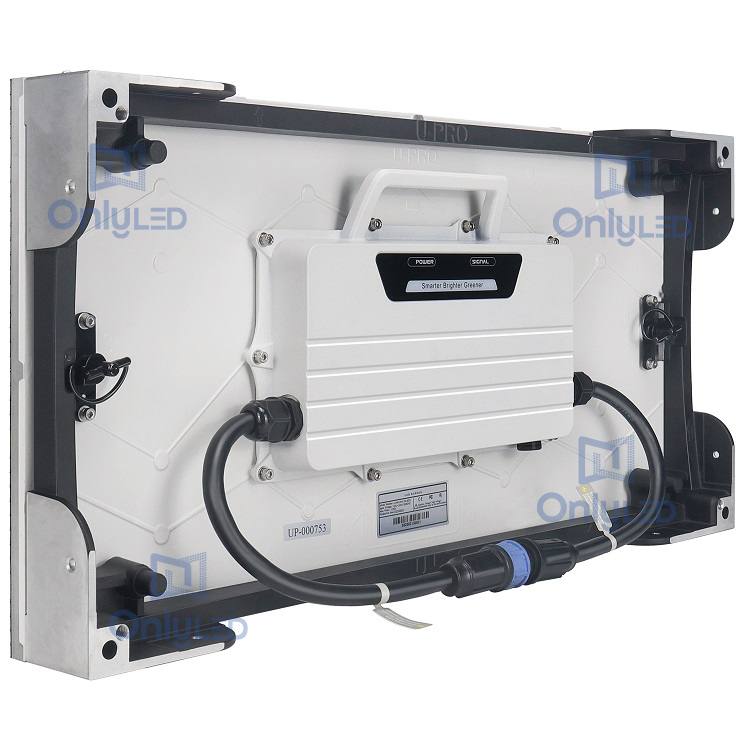Industry News
Understanding the Significance of Digital Signage TV in Today's World

In this digital era, the concept of communication and advertising has evolved tremendously. One such innovation that has gained immense popularity is Digital Signage TV. With its ability to display dynamic content and capture the attention of viewers, it has become an integral part of various industries including retail, hospitality, transportation, and more. Let's delve deeper into what Digital Signage TV is and how it is transforming the way businesses communicate with their target audience.
Definition of Digital Signage TV
Digital Signage TV refers to the use of digital displays, such as LCD or LED screens, to broadcast multimedia content. It is a powerful communication tool that enables businesses to engage with their customers, display advertisements, share important information, and create immersive experiences. Unlike traditional static signage, Digital Signage TV allows for real-time updates and dynamic content delivery, making it a versatile and impactful advertising medium.
The Components of Digital Signage TV
Digital Signage TV comprises three key components:
1. Display Screens: High-definition LCD or LED screens form the primary element of Digital Signage TV. These screens are available in various sizes, configurations, and mounting options to suit different requirements.
2. Media Players: Media players serve as the brain of Digital Signage TV. These devices are responsible for streaming and managing content. They can be connected to the display screens either directly or through a network.
3. Content Management System (CMS): A CMS is software that allows users to upload, schedule, and control the content displayed on Digital Signage TV. It offers a user-friendly interface, making it convenient to create and manage engaging content.
The Advantages and Applications of Digital Signage TV
Digital Signage TV offers numerous advantages and has wide-ranging applications:
1. Enhanced Customer Engagement: With vibrant visuals, motion graphics, and interactive elements, Digital Signage TV captures the attention of viewers and enhances customer engagement.
2. Targeted Advertising: Businesses can target specific audiences by displaying relevant content, promotions, and advertisements on Digital Signage TV. This enables better personalization and increases the likelihood of customer actions.
3. Flexible Content Management: Digital Signage TV allows for easy content updates and scheduling. Businesses can quickly adapt their messaging and promotions based on changing market dynamics.
4. Brand Building and Awareness: Digital Signage TV provides a platform for businesses to showcase their brand, products, and services. It helps in building brand recognition and increasing brand awareness among the audience.
Digital Signage TV finds applications in various industries, including retail stores, restaurants, airports, healthcare facilities, educational institutions, and more. It can be used to display menus, provide wayfinding information, showcase product features, share news and announcements, and entertain customers while they wait.
Conclusion
With its ability to deliver captivating content and create immersive experiences, Digital Signage TV has revolutionized the way businesses communicate and connect with their audiences. Its dynamic nature, flexibility, and high impact make it a powerful advertising and information dissemination tool. As technology continues to advance, Digital Signage TV is expected to further evolve, presenting exciting opportunities for businesses to engage and captivate their customers.




